Becoming a mastering engineer isn’t just about learning how to make tracks louder or throwing some EQ onto a track.
It’s all about understanding the mastering process backwards and forwards, no exceptions.
Plus, you need to really connect with your clients, adapt to different genres, and never stop learning no matter how good you get.
But since so many people are trying to break into this field, standing out can seem downright impossible sometimes.
That’s why I’m breaking down everything you need to know about how to become a mastering engineer, like:
- Developing a “macro ear” ✓
- Mastering subtle adjustments ✓
- Building strong technical skills ✓
- Using both your ears and meters ✓
- Knowing when to stop processing ✓
- Mastering for different genres ✓
- Communicating with clients to secure the bag ✓
- Continuous learning & education ✓
- How much a mastering engineer makes ✓
- Treating your room properly (room treatment) ✓
- You don’t need a fancy mastering studio/mastering facility to succeed ✓
- All the other necessary skills you’ll need ✓
And everything we’re talking about today isn’t just general, obvious stuff 一 it’s everything I wish I knew when I was first starting out.
Now that I’ve been a successful mastering engineer for over 10+ years, I can give you all the industry secrets.
Plus, I’ll share the key steps to develop technical expertise, improve your workflow, and build a solid reputation like a boss.
After today’s article, you’ll know exactly how to become a mastering engineer and lock down a job over the competition.
Table of Contents
- How to Become a Mastering Engineer (9 Things I Wish I Knew)
- #1. You Have to Develop a “Macro Ear” & Listen in Context
- #2. Subtle Adjustments are Everything
- #3. Your Technical Skills Need to be on Point
- #4. Always Trust Your Ears, But Use Meters Too
- #5. Know When to Stop: Less Is More (Avoiding Over-Processing)
- #6. Genre-Specific Mastering is a Must
- #7. Client Communication Skills are Key in the Music Industry
- #8. Getting a Formal Education Isn’t Required, But it Sure Helps
- #9. Continuous Learning Is Non-Negotiable for Mastering Engineers
- #10. You Can’t Overlook Room Treatment
- #11. Be Patient and Persistent!
- Bonus: All The Technical Skills You’ll Need to Know as a Mastering Engineer (In a Nutshell)
- Final Thoughts on How to Become a Mastering Engineer
How to Become a Mastering Engineer (9 Things I Wish I Knew)
If you’re first learning how to become a mastering engineer, you have to realize it more than just touching things up and making tracks louder. It’s a mix of technical skill, constant refinement, and unmatched hustle. So, here’s a breakdown of 9 key things I wish I knew off the rip. They’ll help you become a successful mastering engineer much quicker than it normally would.
#1. You Have to Develop a “Macro Ear” & Listen in Context
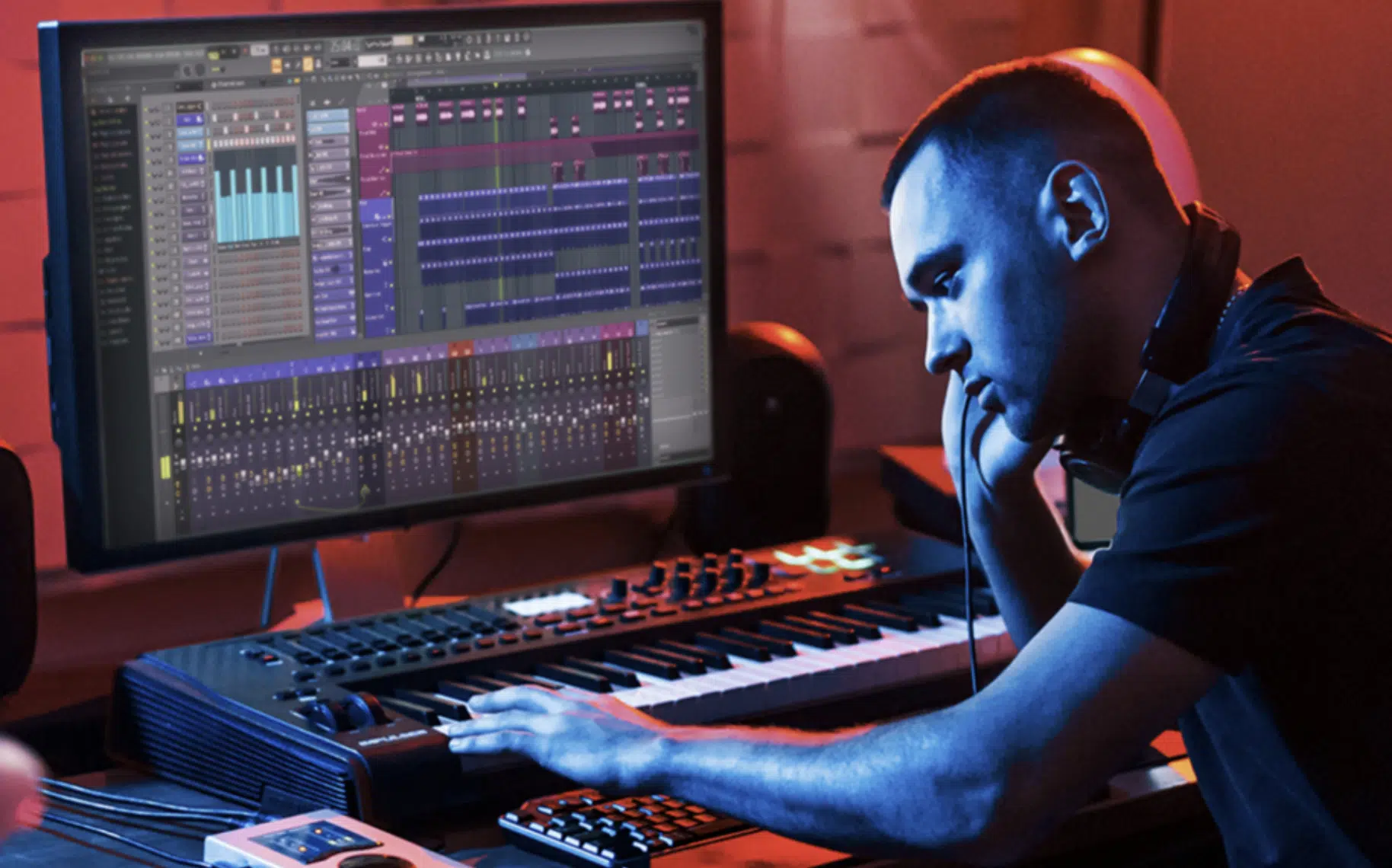
To become a mastering engineer (a successful one, that is), you need to focus on the mix as a whole, not just individual elements.
Early on, I made the mistake of obsessing over a single frequency band (like trying to boost the low end too much) only to find the track sounded boomy on a car stereo.
Another mistake I made a lot was over-emphasizing the high mids, which caused the mix to sound harsh on playback systems like earbuds and Bluetooth speakers.
A great way to train your “macro ear” so this doesn’t end up happening to you, is to use a bunch of different playback systems during the mastering process.
I mean, literally as many as you have access to/can find, like:
- Headphones
- Car speakers
- Anything in your home studio setup
- Etc.
Also, try critical listening at low volumes, which often reveals imbalances in the frequency response that might be masked at higher levels.
Make sure to pay attention to how sound quality shifts across devices… It’s a real-world scenario that prepares you for client feedback and help up your skills fast.
PRO TIP: Use reference tracks to compare the frequency response. This will help you make sure your mix sounds sonically cohesive and professional, no matter where it’s played. You can find this tip and many others in my mastering tips article, which will help you be a better mastering engineer right now, just sayin’.
#2. Subtle Adjustments are Everything
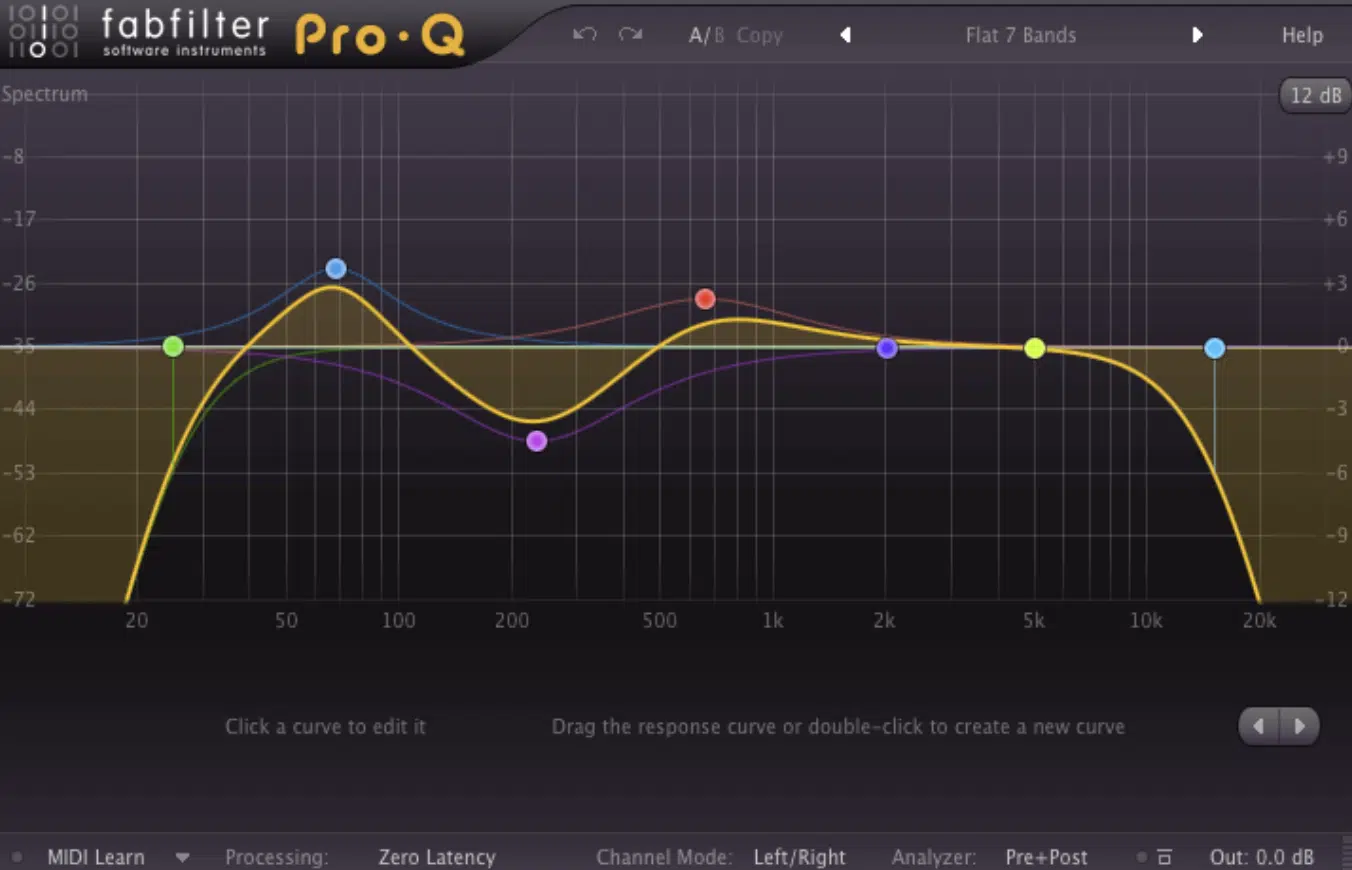
The real difference between an average mastering engineer and a successful mastering engineer is: one over-does everything and the other knows how/when to make small, precise adjustments.
For example, boosting just 0.5 dB at 8 kHz can add the right amount of “air” to a vocal without making the final mix too harsh.
On the same note, a slight cut around 200 Hz can remove muddiness without sacrificing any warmth.
Even adjusting by just 0.2 dB in the low-mid range can help a bassline sit better in the mix 一 enhancing sound quality across all the tracks.
It’s all about these little details when you’re learning how to become a mastering engineer that will help you have a leg up over the ops.
These changes might seem tiny, but they’re super important when it comes to making sure the final master translates well on all playback systems.
From earbuds to high-end studio monitors, a mastering engineer will level a track to perfection every single time, no excuses.
And really, that’s what a mastering engineer’s role is all about.
Also, side note, don’t forget to use multiband compression when dealing with different frequency bands, which we’ll break down in detail later on.
For example, a gentle ratio of 1.5:1 on the low-end can control excessive boominess without impacting the clarity of the upper frequencies.
Also, always keep an eye on your meters, like LUFS and True Peak, to make sure you’re hitting the right loudness target for streaming platforms without clipping.
And remember: subtlety is key as mastering engineers and audio engineers.
A few small adjustments (and I mean miniscule) can have a massive impact on the overall sound quality and fluidity of the final master.
#3. Your Technical Skills Need to be on Point
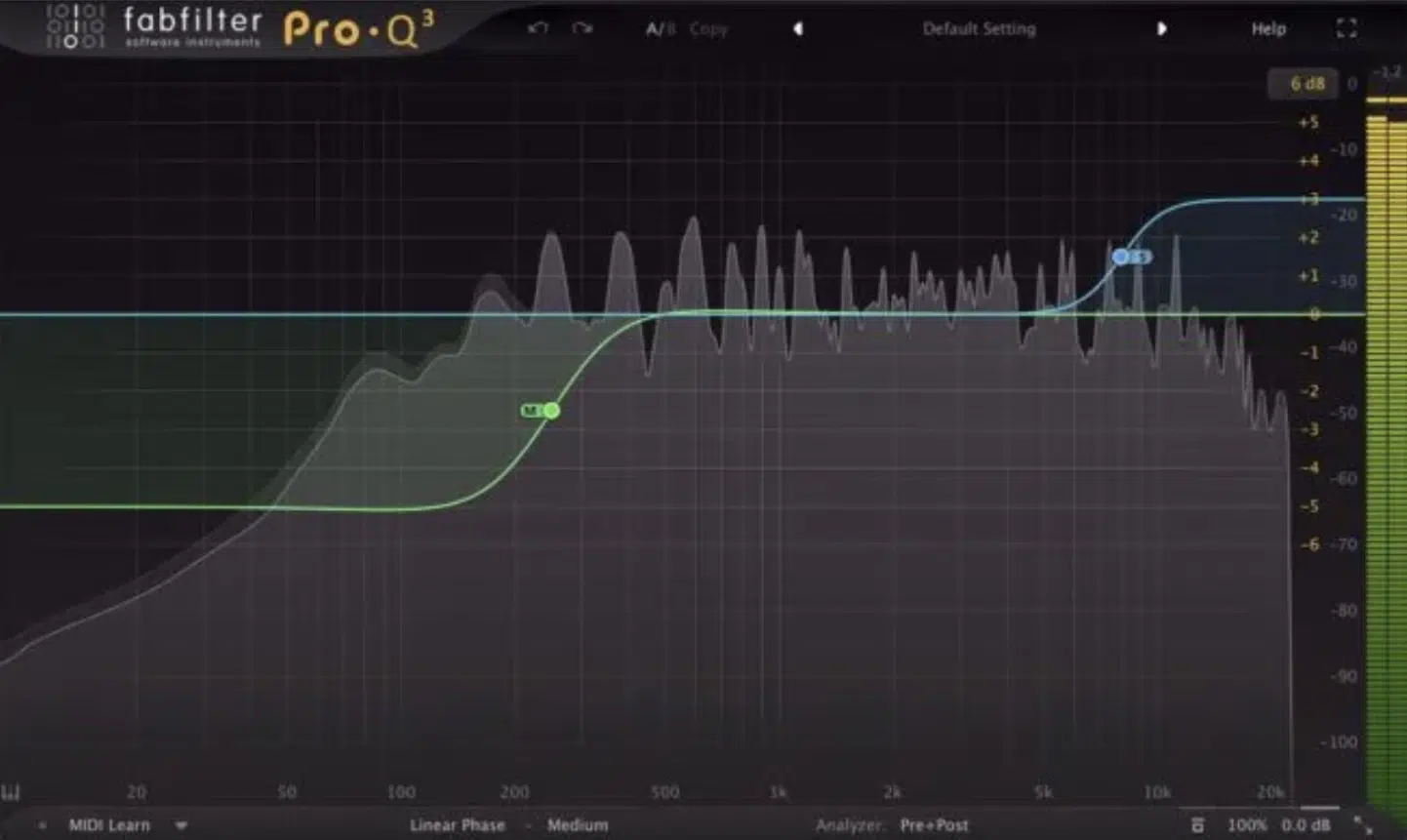
As you’re becoming a mastering engineer, you’ll quickly realize that strong technical skills are essential.
Early on, I underestimated how much time I’d need to spend mastering software like Pro Tools and other digital audio workstations.
I remember struggling with phase issues when I first started applying mid-side EQ in my mixes (shown above), not fully understanding the signal flow required for clean processing.
You’ll want to know these tools inside out…
Not just how to apply EQ or compression, but also how to properly manage signal flow to avoid phase issues and ensure optimal sound quality.
For example, using a linear-phase EQ can help maintain the integrity of audio files while making necessary frequency adjustments without introducing phase shifts.
It’s also key to understand different audio formats, from WAV, AIFF and MP3 to even more obscure ones like M4A since each has unique requirements for final masters.
Side note, if you want to learn everything about different audio file formats, we got you.
For example, mastering MP3 requires careful attention to bit reduction to preserve high frequencies and minimize distortion.
Make it a habit to play around with new plugins when they drop.
Experiment with features like multiband compressors, stereo wideners, and dynamic EQs, to fine-tune your technical proficiency to perfection (or close to it).
As well as master your overall mastering process 一 pun definitely intended.
Keep in mind that, for streaming services, mastering engineers like yourself should provide a 24-bit WAV file for the highest possible fidelity.
Platforms like Spotify and Apple Music prefer this specific format for consistent playback quality, but create separate final masters that cater to each audio format.
This will give you optimal playback on every platform (and save massive time).
SIDE NOTE: Pro Tools used to be the standard when it came to digital audio workstations in the music industry, now it’s less important to know.
My advice is to pick one digital audio workstation in which you work best, and completely master it, forward and backwards.
#4. Always Trust Your Ears, But Use Meters Too
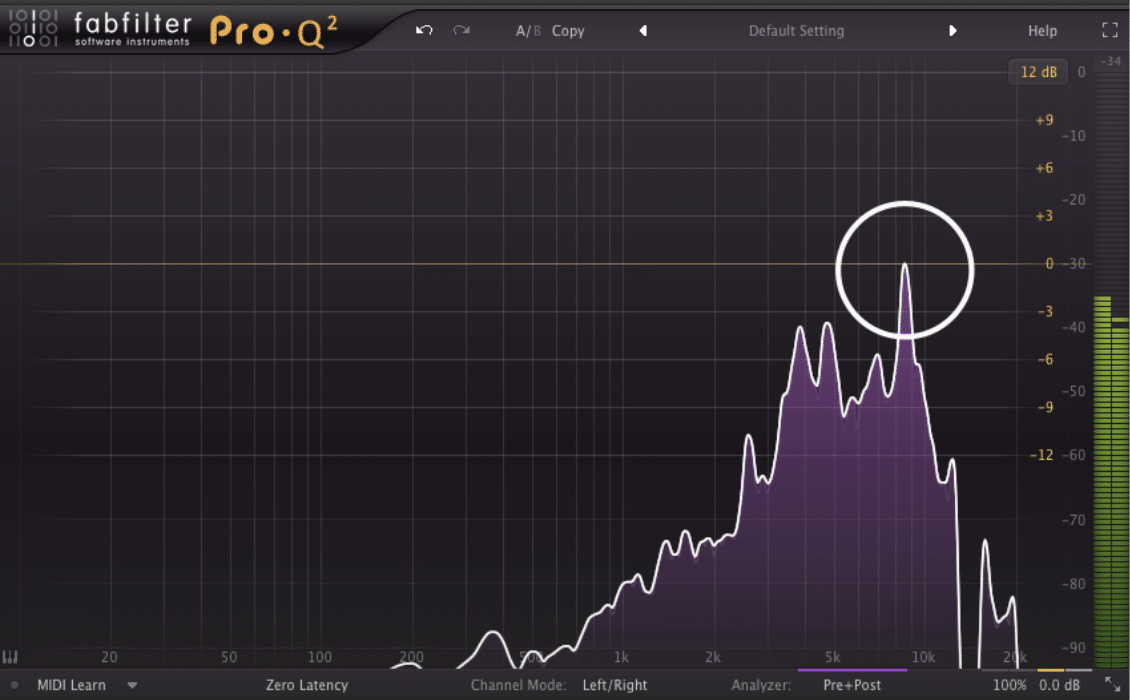
When working as a mastering engineer, you need to develop a balance between trusting your ears and using visual aids like spectrum analyzers (and other tools like it).
For example, when I was first learning how to become a mastering engineer, I used to rely way too heavily on my ears.
I ended up with a master that sounded sick in my own studio but fell flat on streaming platforms… That is not what you want to happen to you.
You’ll want to get familiar with loudness meters (like LUFS or RMS) to ensure you’re hitting the right target levels while still making sure it sounds good to you.
Keep in mind that meters help a lot, for sure, but they can’t tell you everything.
Sometimes a mix that’s “in the green” can still sound lifeless, so use them as guides rather than rules 一 your ears are your most powerful weapons.
PRO TIP: Try switching to low volumes when making adjustments like all audio professionals do, which helps reveal if the final master has clarity without excess loudness. It’s a step you don’t want to overlook.
#5. Know When to Stop: Less Is More (Avoiding Over-Processing)

Over-compression is a big no-no.
When I first started learning how to become a mastering engineer, I thought adding more processing would always make a track sound better.
I’d stack EQs, compressors, and limiters all day hoping for a louder, cleaner master, but ended up with a track that sounded thin and lifeless.
One of the biggest lessons I learned in the earlier stages of my career is that many mastering engineers/audio engineers follow a “less is more” approach.
For example, if you’re working on a pop track and you hear slight sibilance in the vocals, try a gentle cut around 7-8 kHz with a transparent EQ rather than applying heavy de-essing.
This can completely kill the vocal’s clarity, and you certainly don’t want that.
Another tip is to limit only as much as needed to avoid distortion while still hitting the desired LUFS because things can go south fast.
Mastering engineers often say, “The art of mastering is knowing when to stop,” and it’s true in any area of music really (but it’s not as easy as it sounds).
Sometimes, the best move is to let the mix breathe 一 preserving its natural sound quality and dynamic range.
#6. Genre-Specific Mastering is a Must
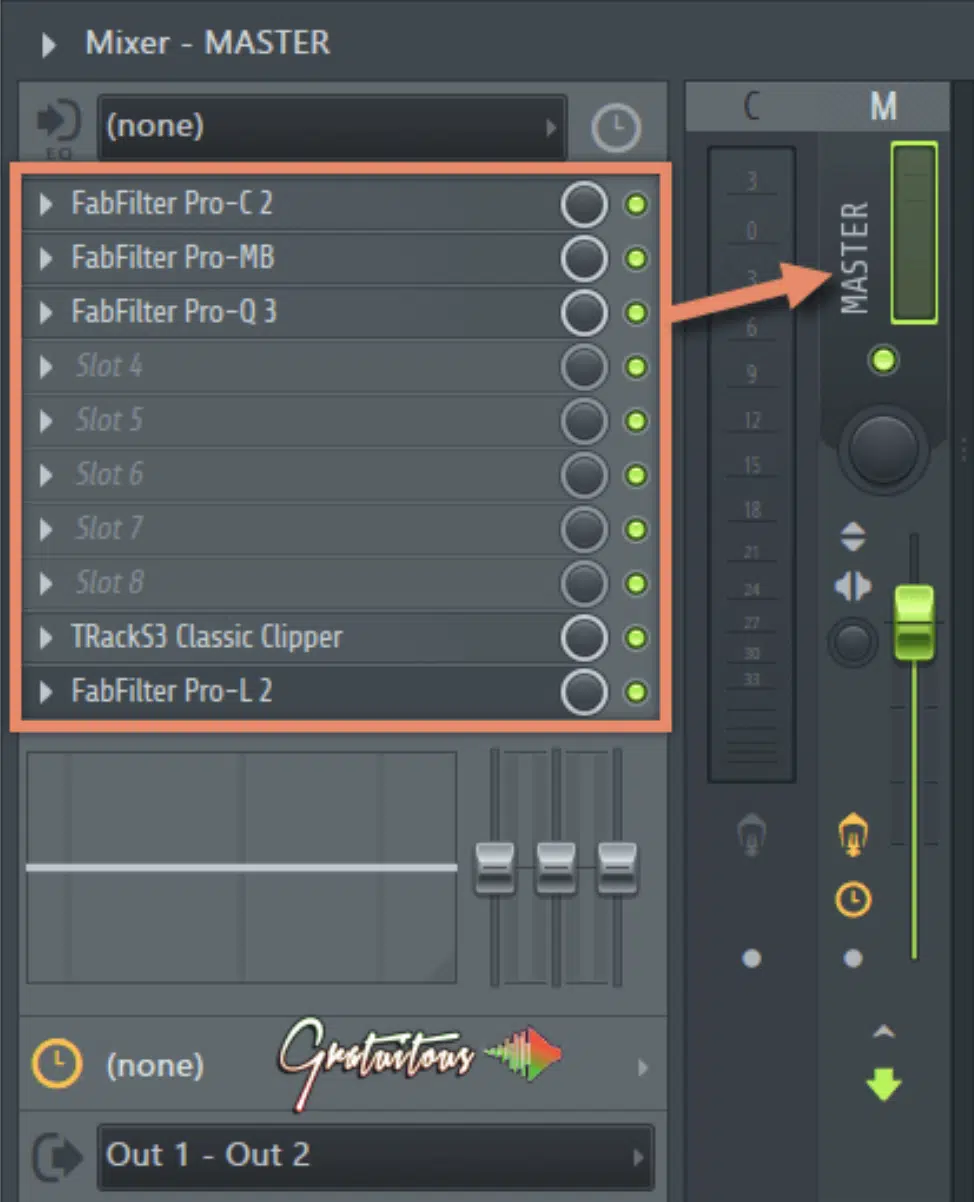
To truly master audio production across all genres, you have to adjust your approach for each style because they’re all very different.
For example, electronic dance music (EDM) usually requires more aggressive limiting to maintain loudness on streaming platforms.
Acoustic genres, on the other hand, benefit from minimal compression to retain their natural dynamics and make things sound more natural.
I remember working on a lo-fi hip-hop track and applying the same heavy low-end boost I’d use for trap music… big mistake.
It turned the warm, cozy vibe into a muddy mess.
PRO TIP: Create separate mastering templates in your digital audio workstation for different genres, with preset EQ and compression chains tweaked to each style.
This way, you have a reliable/proven starting point while still making adjustments that unique recorded music needs..
Understanding that part of a mastering engineer’s role is nailing the signature details that each genre brings to the table is non-negotiable.
It doesn’t only make you a real audio professional, but it helps you really build a solid foundation and excel in this niche field.
#7. Client Communication Skills are Key in the Music Industry
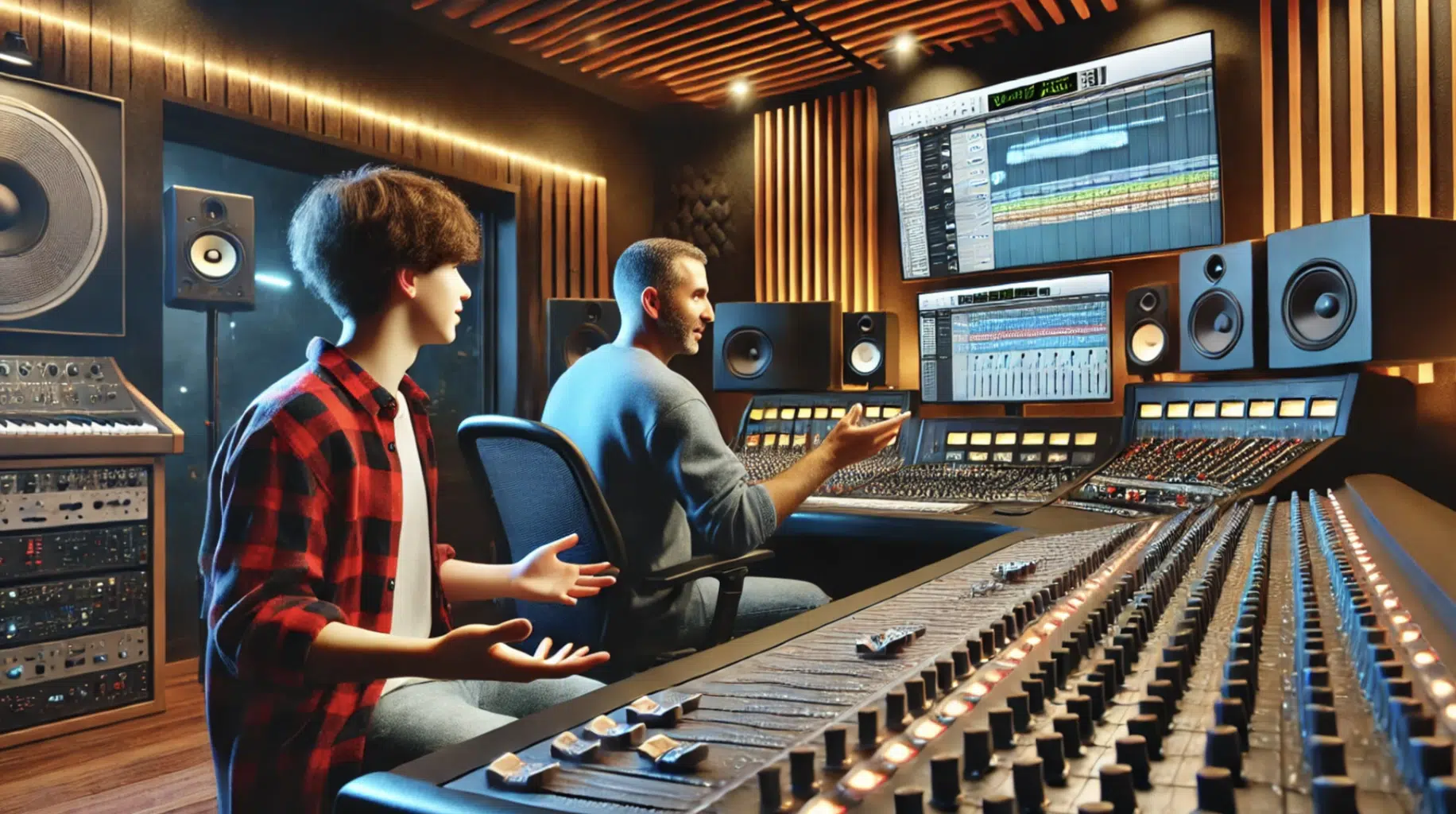
In the music industry, being a good mastering engineer goes beyond technical knowledge/skills 一 your ability to communicate with clients is equally important.
Early on, I thought my job was just about delivering a solid final master, but I quickly learned that understanding and managing client expectations is critical.
For example, I once had a client who wanted a “warmer” sound but didn’t know how to describe it… by asking the right questions I was able to come through.
I simply asked him to give me an example of all the songs he wanted me to replicate parts of, even if it was one process from one song, and another from a different song.
From that mash up, I was able to truly understand their vision and tweak the final master like a beast (let’s just say, I had a lifelong customer for life after that).
PRO TIP: A mastering engineer’s job is just as much communication as execution. Always clarify your clients’ goals before you start working. This not only improves the sound quality of your masters but also builds trust in the community, generally speaking.
You don’t want to almost be finished and realize it’s not what the client wanted at all and be forced to start from scratch; it’s infuriating, believe me.
It will help you build a solid reputation in the audio industry/audio mastering circle.
#8. Getting a Formal Education Isn’t Required, But it Sure Helps
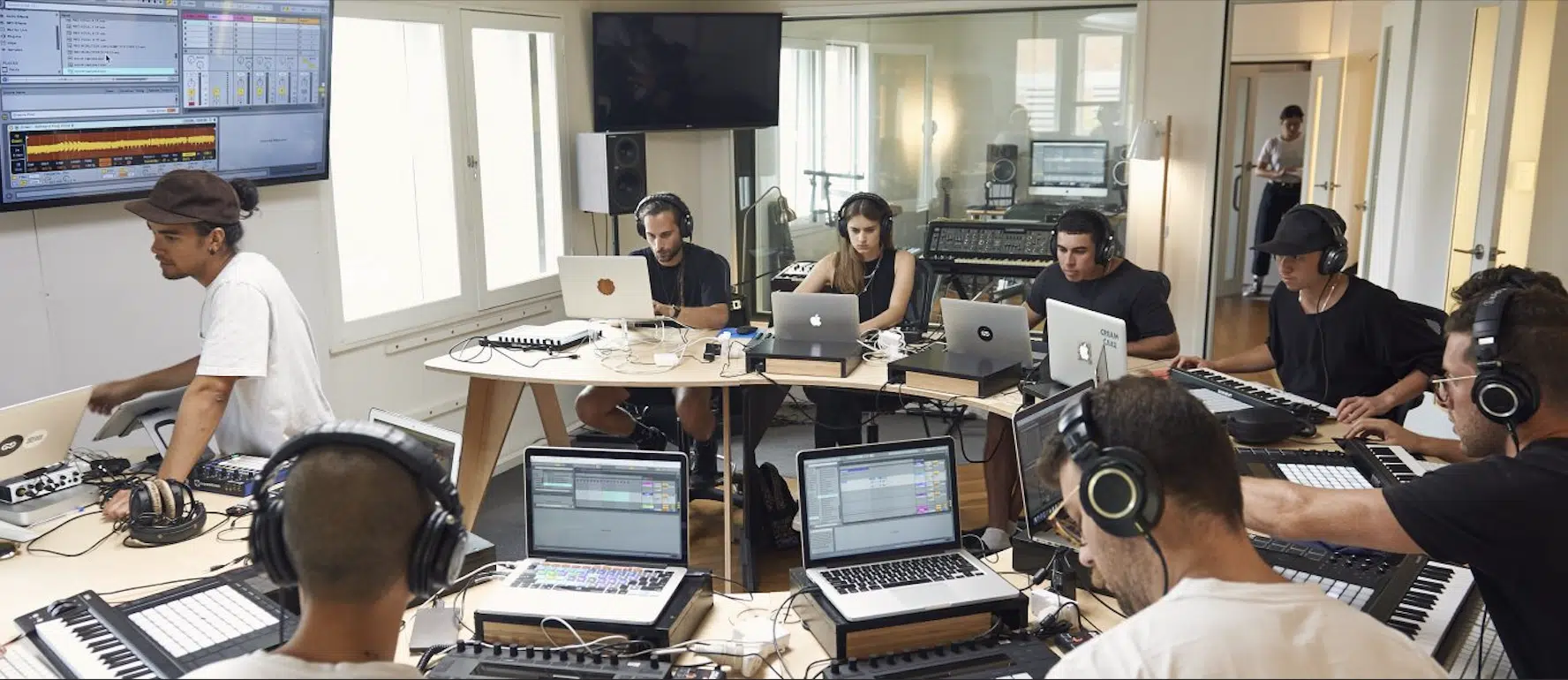
You don’t need a college degree to become a mastering engineer, but having one can certainly provide a strong foundation of knowledge.
Many audio engineers come from formal backgrounds in audio engineering or music production/audio production programs, which can teach you about:
- Different digital audio workstations
- Signal flow
- The intricacies of audio formats
- Limiting, compression, EQ, etc.
Basically everything you need to know about the mastering/music production process, which of course includes insider tips and techniques.
For example, when I first started out, I didn’t have any formal training.
This meant I had to spend countless hours learning about phase cancellation and how to maintain stereo width on my own.
While this self-education paid off, a structured program might have accelerated my learning (like from the Recording Academy or Audio Engineering Society).
That being said, there are plenty of great online courses available, many of which offer certifications recognized in the music industry.
And there are also epic music production communities of other like-minded audio professionals that can help you network, learn new skills, and grow even more.
PRO TIP: Whether you choose formal education in audio production/audio engineering or self-taught routes, the key is continuous learning.
Make sure to stay up-to-date with the latest trends and audio technology to remain competitive and ahead of the curve.
If you want to know if getting a degree is the right move for you personally, we’ve got you covered.
#9. Continuous Learning Is Non-Negotiable for Mastering Engineers
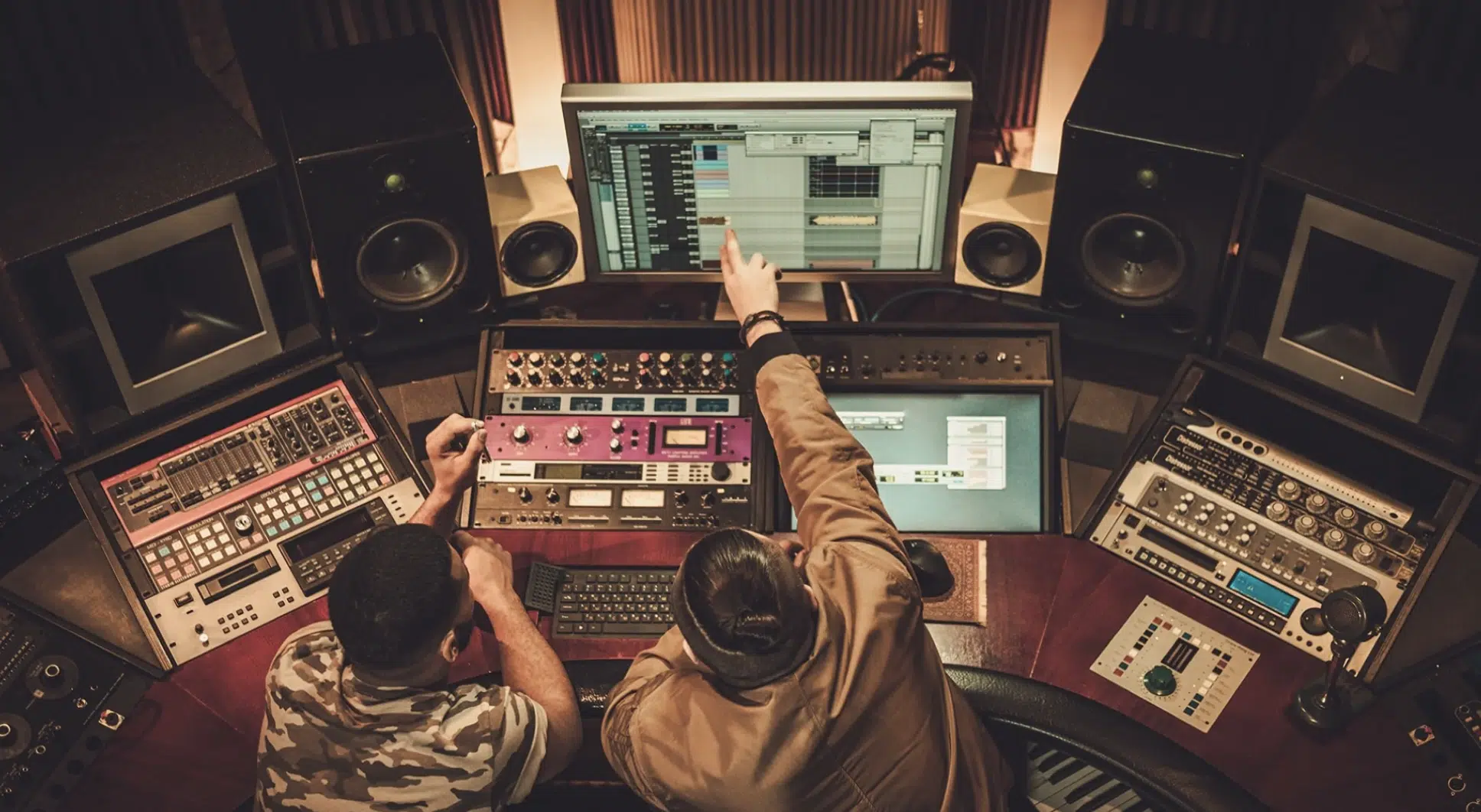
When you’re becoming a mastering engineer, one of the most important habits to develop is a commitment to lifelong learning as I just mentioned.
The audio industry constantly evolves, with new plugins, mastering techniques, and even new digital audio workstations emerging all the time.
Early on in my music career, I’d thought I could just rely on just a few go-to tools and that would be the end of it, but that mindset quickly limited my growth.
You could miss out on a huge audio engineer opportunity if, let’s say, you ignore mid-side processing.
You’ll soon realize that it’s the key to making all your audio tracks sound wider and more open, but that job you were going for will be taken way before that.
Mastering engineers who really make it in for the long-term always:
- Try out new tools & techniques
- Explore different workflows & genres
- Learn from peers in online communities
- Etc.
So, become a successful mastering engineer depends on how hard you’re really willing to work for it, starting from the ground up, like a solid internship 一 no shortcuts allowed here, buddy.
PRO TIP: Join forums like Gearspace or attend events held by the Audio Engineering Society to stay connected with other audio professionals.
This way you can learn about the latest techniques, gear, processes, etc. that you might’ve overlooked or not even heard of yet.
Remember, continuous learning isn’t just about mastering/engineering tools… It’s about attempting new techniques to deliver better final masters.
#10. You Can’t Overlook Room Treatment
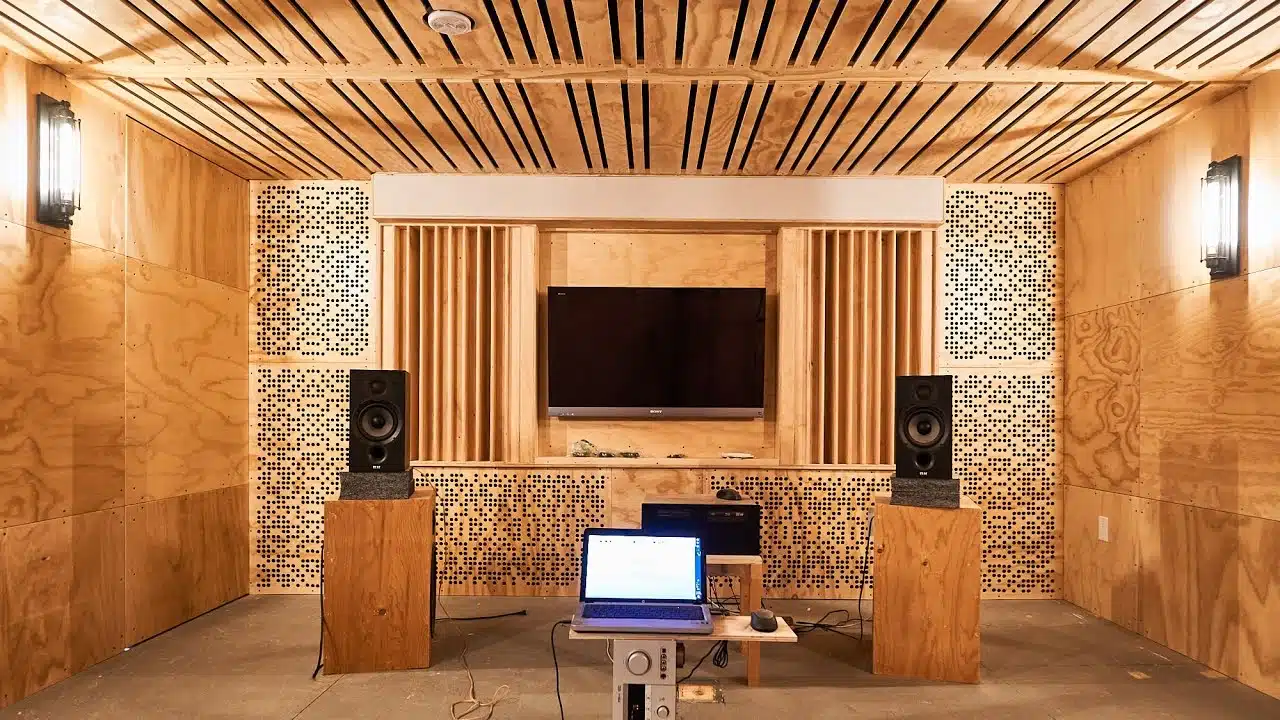
No matter how skilled you are with EQ or compression, if your room’s acoustics are off, you’ll never get an accurate picture of your mix/master.
When I started working in my home studio, I didn’t realize how much the untreated space was affecting my ability to make proper decisions during the mastering process.
For example, my low-end sounded great in the recording studio but way too muddy on headphones… Turns out, my room was exaggerating the bass frequencies.
By adding bass traps, acoustic panels, and proper speaker placement, I was able to create a more neutral critical listening environment.
PRO TIP: If you’re working from a home studio or a small space as opposed to a professional mastering studio, investing in room treatment is just as important as your gear. It will drastically improve your ability to make accurate decisions.
Mastering engineers need a flat, consistent monitoring environment to ensure the sound quality they’re hearing in the recording studio translates across all playback systems.
#11. Be Patient and Persistent!
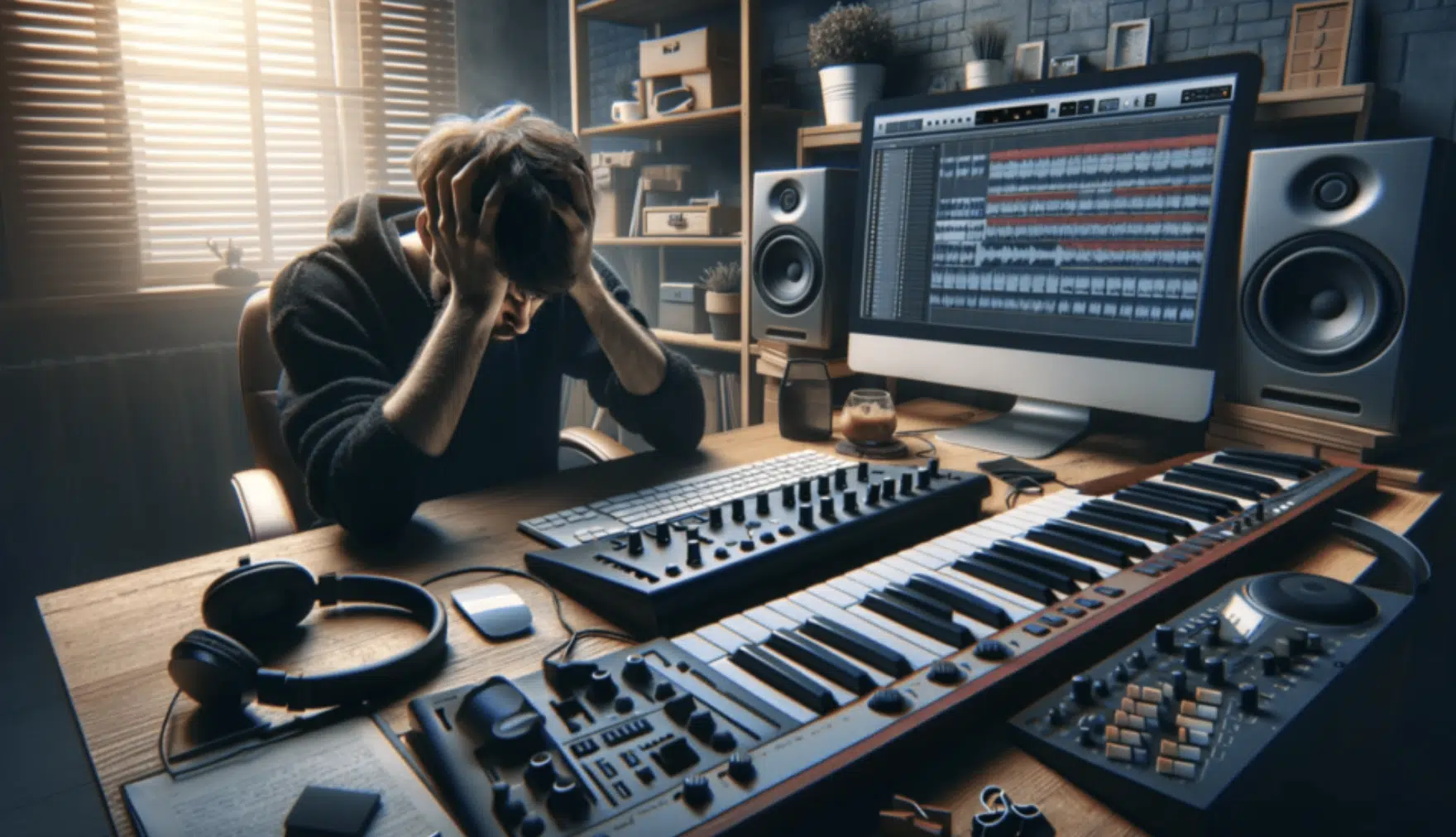
The road to becoming a mastering engineer is a long one, I’m not going to lie to you; success doesn’t happen overnight.
At first I struggled to land consistent work and felt like giving up more than once.
But like any career path, persistence paid off.
Building relationships with other audio engineers, producers, and recording studios takes time, but each project helps you improve your skills and build credibility.
Your reputation as a mastering engineer is just as important as your skills themselves.
For example, my first breakthrough came after months of networking in online communities, which eventually led to a job from a world-renowned mixing engineer.
PRO TIP: Don’t focus solely on getting high-profile clients right away.
Aim to deliver exceptional results on smaller projects, which will eventually lead to bigger opportunities.
Keep in mind that every master you deliver contributes to your growth and success as a good mastering engineer (or recording engineer, whatever you’re aiming for).
Bonus: All The Technical Skills You’ll Need to Know as a Mastering Engineer (In a Nutshell)
To become a mastering engineer, you’ll need more than just the basics of EQ and compression. Let’s break down the most important processes and skills that mastering engineers must comprehend to deliver professional results consistently.
-
EQ (Equalization)
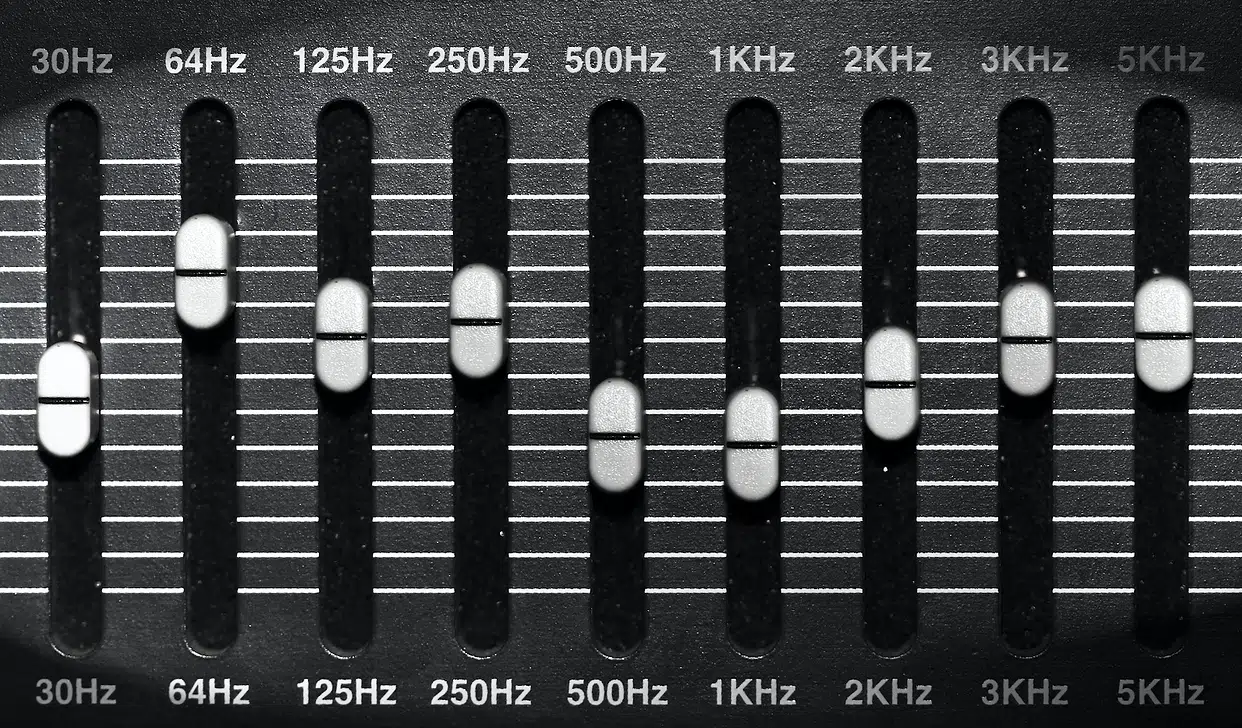
EQ is fundamental if you’re learning how to become a mastering engineer 一 it shapes the frequency response, making the mix sound balanced and polished.
Mastering engineers often use EQ to cut resonant frequencies, such as reducing a harsh peak at 2-4 kHz that could make vocals unpleasant.
You might also use a low-shelf boost around 80 Hz to add depth and warmth, but it must be applied carefully to avoid muddying the mix.
Understanding mid-side EQ is crucial for widening the stereo image while maintaining mono compatibility, as we touched upon a few times already.
Successful mastering engineers know to use linear-phase EQ when making broad adjustments to prevent phase shifts 一 preserving the clarity of audio files.
PRO TIP: Always A/B your EQ adjustments with and without the EQ engaged to make sure that your tweaks improve the mix’s overall sound quality without introducing unwanted coloration.
-
Compression
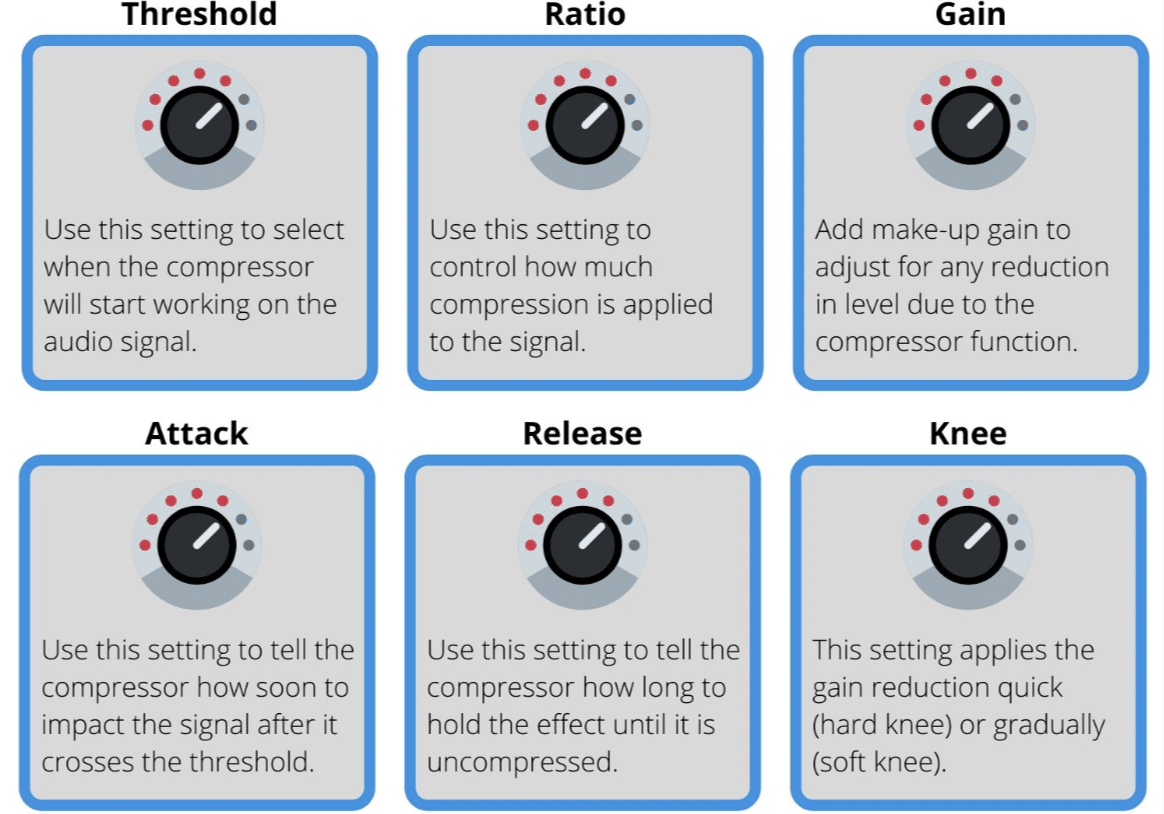
Compression is another vital tool in the mastering process that’s used to control dynamics and enhance consistency.
Mastering engineers often apply gentle compression with a low ratio, like 1.2:1, to glue the elements together without making the mix sound squashed.
For example, if the vocals and snare peaks are inconsistent you might use a multiband compressor to control only the high-mids, keeping other frequency bands untouched.
Sidechain compression is also sometimes used by mastering engineers to subtly duck low-end instruments like the kick drum for super clean bass frequencies.
Mastering engineers (an audio engineer of any type, really) must be aware of attack and release settings:
- Slow attack times allow transients to pass through
- Fast releases maintain rhythmic energy
Just remember to always keep the original dynamics in mind when compressing, using parallel compression to retain punch while controlling peaks.
To do so, blend a lightly compressed version with the uncompressed track.
Then, simply adjust the balance until you achieve a natural sound that maintains the transients while adding consistency.
-
Mastering Limiters (No Clip Zone)
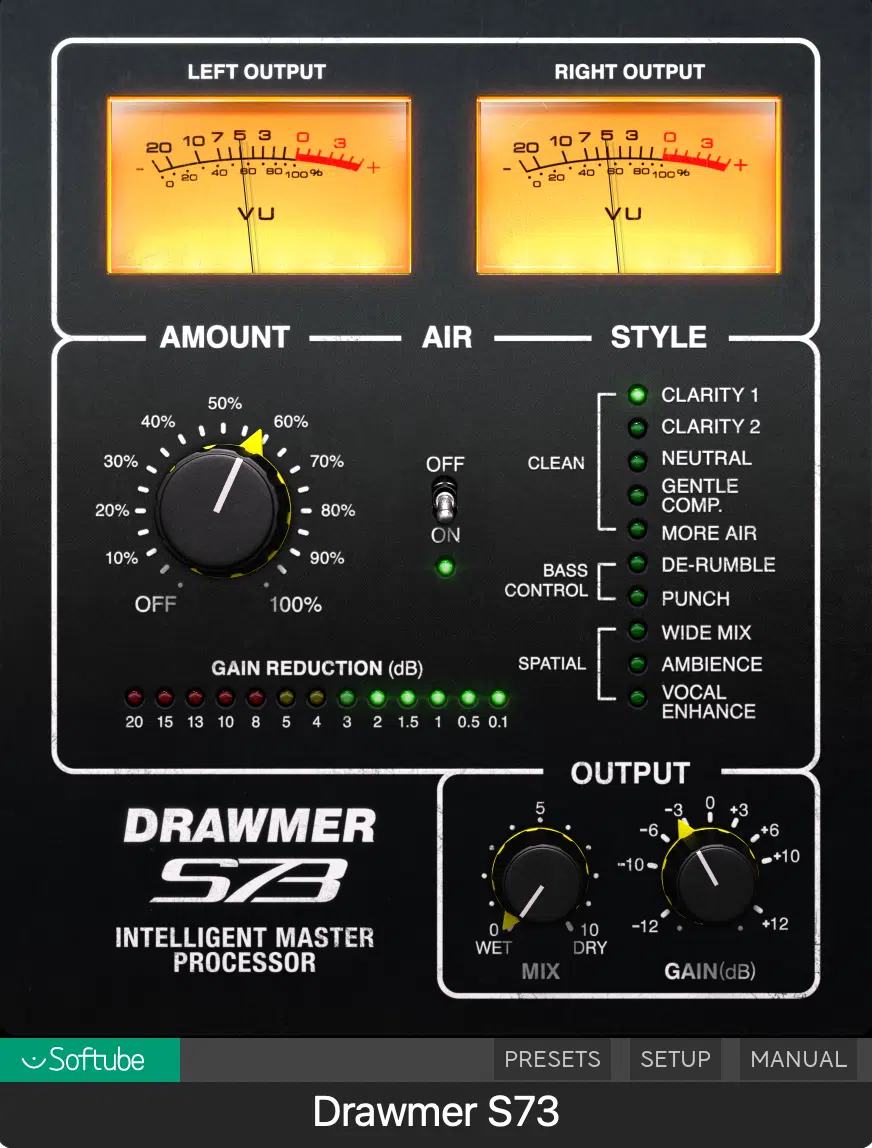
Limiters are super important when it comes to competitive loudness, but mastering engineers must use them carefully to maintain clarity.
The goal for any mastering engineer is to achieve commercial loudness, around -10 LUFS for most genres, without unwanted clipping or introducing distortion.
Try using a transparent limiter, like the FabFilter Pro-L2 一 setting the ceiling to -0.1 dB to prevent inter-sample peaks.
Mastering engineers also use True Peak Limiting to prevent digital distortion during MP3 or AAC conversion, especially for streaming platforms like Spotify.
PRO TIP: Listen critically for pumping or distortion when pushing a limiter… If the mix starts to lose definition, back off slightly and let the final master breathe.
Remember, when you’re learning how to become a mastering engineer, always aim for a mix that’s loud yet retains its original dynamics.
-
Stereo Imaging and Width
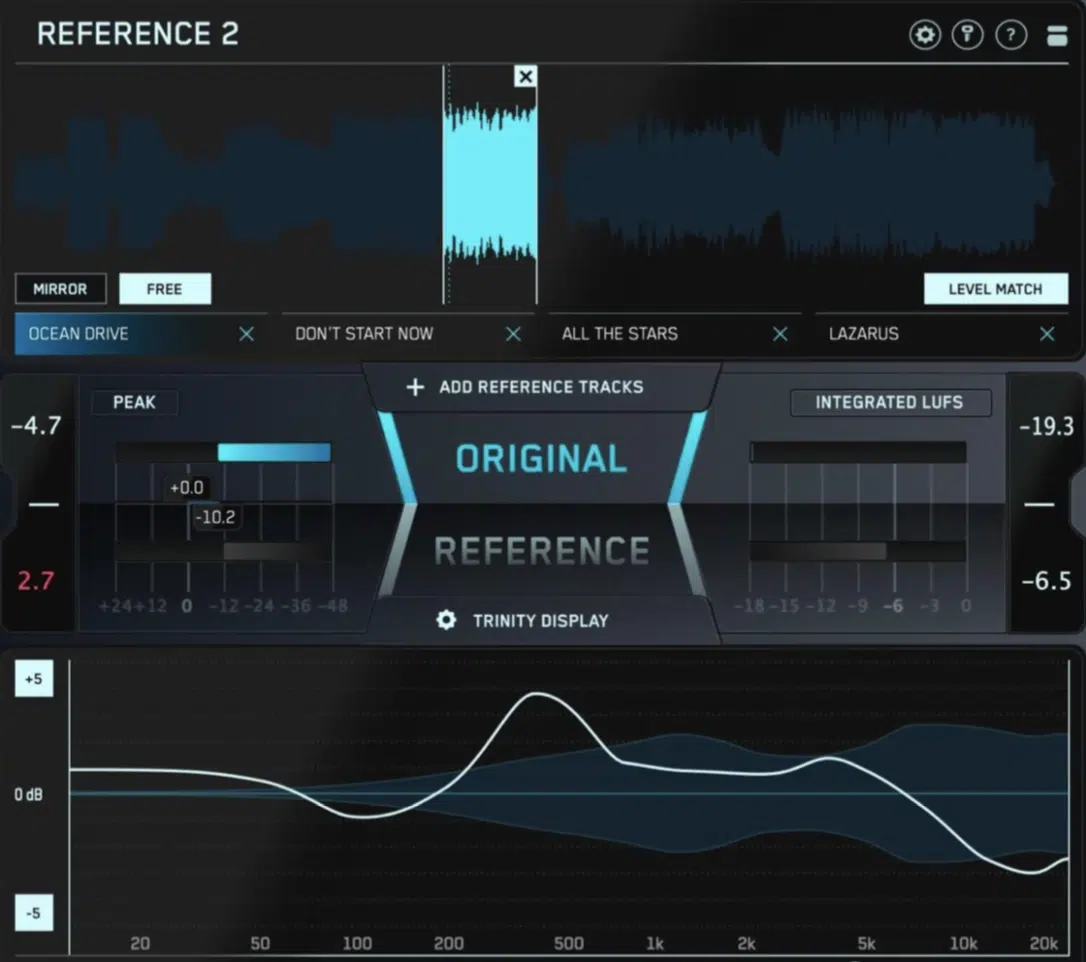
Creating a wide, immersive mix is one of the signature skills of a mastering engineer (it’s kind of our whole gig).
It’s all about creating a sense of space and width while still maintaining clarity in the mix like a true professional.
One common technique mastering engineers use is mid-side processing, where the sides are boosted slightly in the upper frequencies, like around 12 kHz.
This adds air and openness without affecting the mono signal at all.
When using stereo wideners, mastering engineers often focus on elements like:
- Cymbals
- Reverb tails
- Background vocals
While keeping the bass and kick centered to prevent phase issues.
For example, widening the high frequencies by just 2-3 dB can make the mix sound bigger, but any more than that might cause the mix to collapse in mono.
I’ve found that checking phase correlation meters throughout the mastering process is super helpful to ensure that width enhancements don’t lead to phase cancellation.
PRO TIP: Never forget to listen to the master on both headphones and speakers and use a reference track.
Some stereo wideners can create an unnatural “smeared” effect that’s only noticeable on headphones, and you don’t want to release that into the world.
Bottom line: an effective mastering engineer knows when to stop 一 focusing on subtle adjustments that enhance the stereo image. All without compromising the mix’s core energy in any
-
Essential Metering Tools for Mastering Engineers
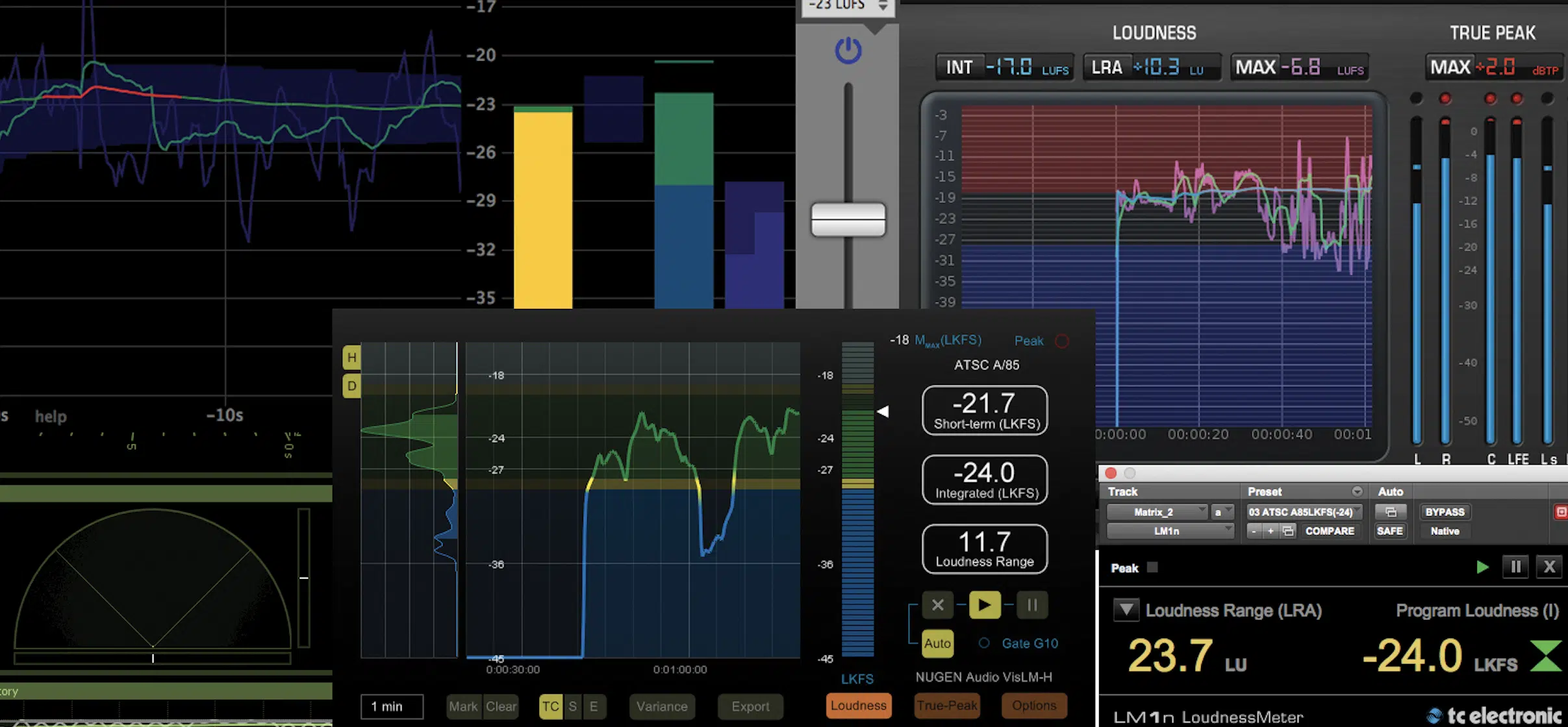
Metering tools, as we talked about a little bit earlier, are fundamental for mastering engineers, providing the data needed to make precise adjustments.
Your entire mastering process with be much smoother and more on point.
LUFS meters help mastering engineers measure perceived loudness, which is critical for meeting platform-specific targets like -14 LUFS for Spotify or -9 LUFS for CD releases.
RMS meters, on the other hand, gauge the average power of the mix 一 helping mastering engineers ensure consistent energy across the track.
True Peak meters are essential for detecting inter-sample peaks that could cause distortion after conversion to compressed formats like MP3 or AAC.
An effective mastering engineer also relies on spectrum analyzers to visualize frequency response so no frequency bands are overpowering or lacking in the mix.
PRO TIP: I can’t emphasize the importance of using reference tracks enough. They’ll help you successfully compare the metering results of your master against commercial releases. This ensures competitive loudness and tonal balance across the spectrum.
Final Thoughts on How to Become a Mastering Engineer
As you now know, learning how to become a mastering engineer isn’t the easiest thing when you’re first starting out.
You’ll need to develop technical skills, master EQ and compression, and adapt to different genres like a pro.
Plus, you’ll need to refine your critical listening, focus on subtle adjustments, and understand audio formats backwards and forwards.
You can’t run everything through a limiter and call it a day.
You’ll really need to pay attention to detail, monitor levels carefully, and make sure your tracks translate across all playback systems, not just some.
To help you put these skills into practice and essentially get the cheat codes, you’ve got to check out this legendary Free Project Files pack.
It includes 3 professional-quality project files that reveal exactly how mastering engineers go about mixing and mastering.
You’ll see how EQ, compression, and stereo imaging are applied by professionals 一 helping you understand what a polished track should look and sound like.
The files are available for Ableton, FL Studio, and Logic Pro, and everything is 100% royalty-free, so you can use them however you’d like with no problems.
Remember, learning how to become a mastering engineer requires lifelong learning, constant practice/refinement, and unmatched dedication.
As long as you stick with it and apply what you’ve learned here today, you’ll be one of the best mastering engineers in the industry in no time.
Until next time…







Leave a Reply
You must belogged in to post a comment.